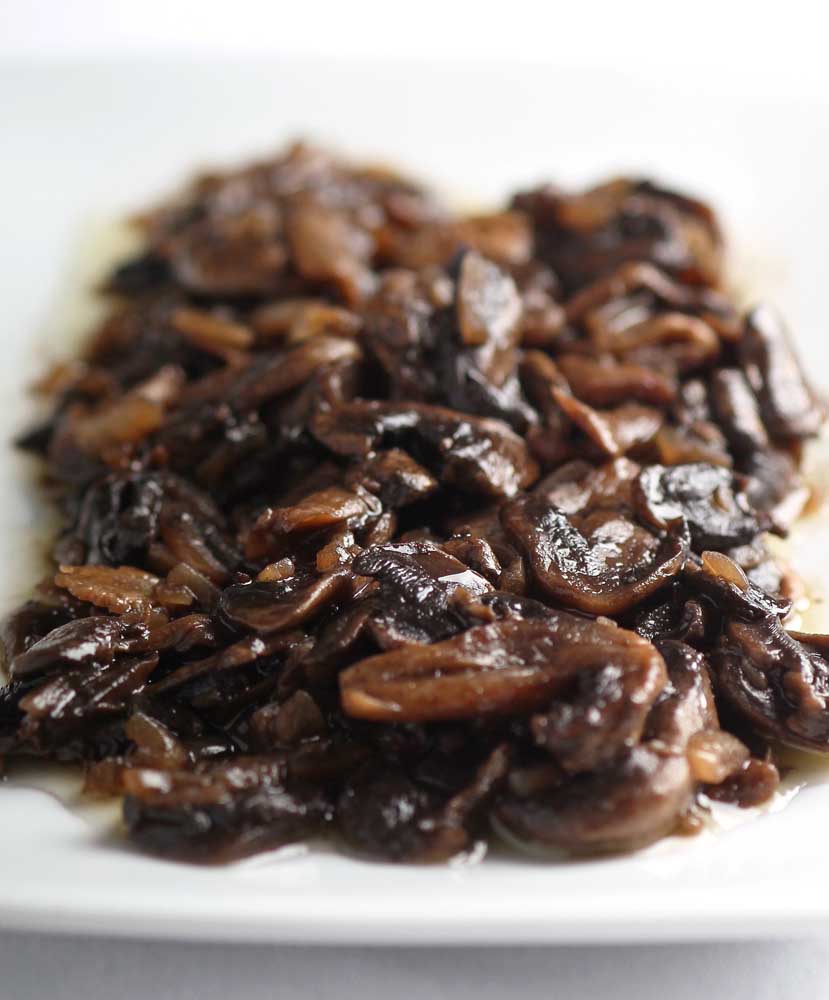Cooking the easy way … and the hard way
Published 12:00 am Tuesday, August 12, 2014

- Roberto Rodriguez / St. Louis Post-DispatchFor those with less time on their hands for cooking, theres a simple recipe for sauteed mushrooms.
Every now and then, you might want to make a meal that, as Tina Turner said, is nice … and easy.
If you come home from work worn out and bedraggled, the last thing you want to do is spend hours in front of the stove creating some sort of culinary masterpiece. You want to open a jar of spaghetti sauce and, if you’re feeling ambitious, simmer some sort of meat in it. If you’re not, you just want to dump it on spaghetti.
But on the weekend, that’s when you may feel more inclined to spend some time cooking. That’s when you might want to aspire to something with a little more pizzazz. A few more ingredients. A few more steps.
So I decided to take three popular dishes and make each one in an easy way and then in a more complicated way that requires more time and ingredients.
Same dish. Two different recipes.
I started with American Goulash, and let me state right here that “goulash” is not the right word for it. Goulash is a real thing; it’s practically the national dish of Hungary. It is a soupy stew (or a stewy soup) of beef with plenty of paprika, along with tomatoes, green pepper and other spices and starches.
What millions of Americans call “goulash” is ground beef in a tomato sauce, usually mixed with elbow macaroni and sometimes cheese. That isn’t goulash, it’s Beefaroni.
First I made it the easy way, and easy it certainly is. It has just five ingredients, simmered together for an hour or so (or in a slow cooker for somewhat longer). This version doesn’t even use elbow macaroni, so it isn’t really Beefaroni. Instead, it uses frozen potatoes O’Brien, which are diced, hash-browned potatoes with onion and red and green peppers. Call it Beefobrien.
The result isn’t bad, though to be honest it kind of tastes like a spaghetti sauce with meat served, oddly, with potatoes instead of pasta.
I adapted a Paula Deen recipe for the more intricate version, and let me tell you, the difference is remarkable. It does have 18 ingredients (including water and salt, which shouldn’t count), and it requires more effort and care. But despite its humble origins — you don’t get much more humble than Beefaroni — this is a dish to serve to company. You could even serve it to company you’re trying to impress.
I next made easy and harder versions of an all-time favorite: Chicken Parmesan. And once again, the easy version was ridiculously easy, come-home-and-slap-it-together easy.
It requires all of four ingredients: chicken breasts, a jar of pasta sauce, Parmesan cheese and mozzarella cheese. And I’m not entirely certain the Parmesan cheese is necessary (you can taste it, if just a little), but the recipe was developed by Kraft which, of course, sells a lot of Parmesan cheese.
It hurts me to say this, but it was good. The effort-to-flavor ratio was off the charts.
The harder version was better, in my mind, but the amount of work involved in making it was also much greater. The biggest differences were that the chicken breasts were pan-fried in bread crumbs, giving them a nutty flavor and a satisfying crunch, and that the tomato sauce was homemade, which I always prefer.
But it takes 14 ingredients and a whole bunch of steps.
Finally, I made two side dishes of sauteed mushrooms, and this time I made the more involved version first. I got a mixture of wild mushrooms and sauteed them in a combination of olive oil and butter, a Northern Italian trick for bringing more flavor to a saute. I added garlic, salt, flat-leaf parsley and a spritz of lemon juice. They were meaty and awfully good.
Then I made the easy version. Four ingredients were all it took — sliced button mushrooms, butter, sherry and half a package of onion soup mix, all cooked together.
This is something I should never admit in print, but that easy version? It may even be better than the more difficult one.






